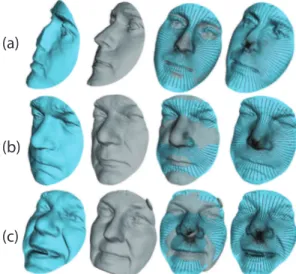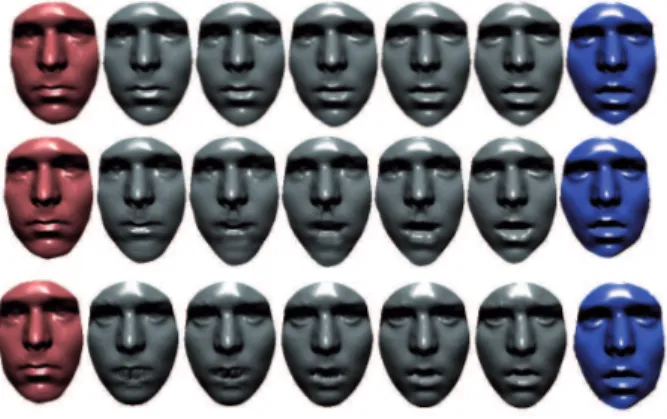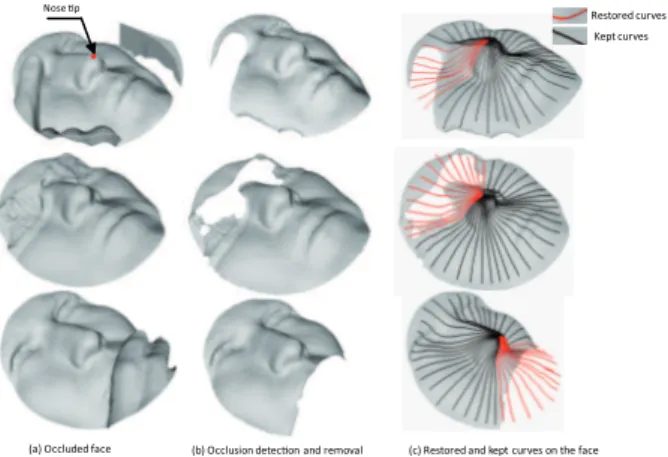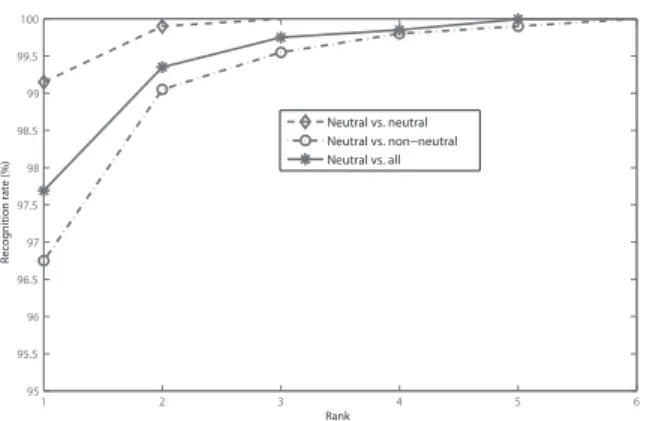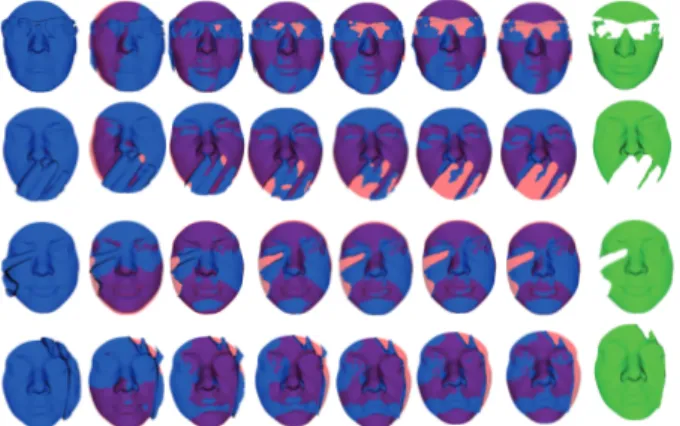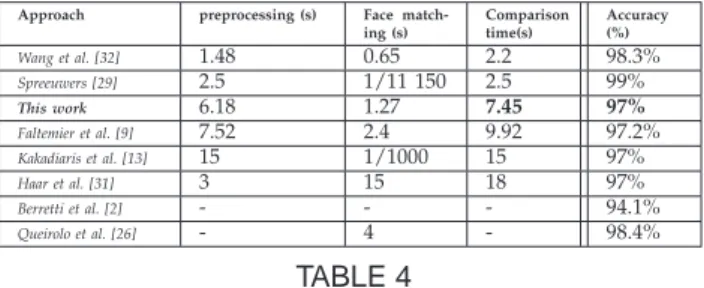3D Face Recognition Under Expressions,Occlusions and Pose Variations
Texte intégral
Figure
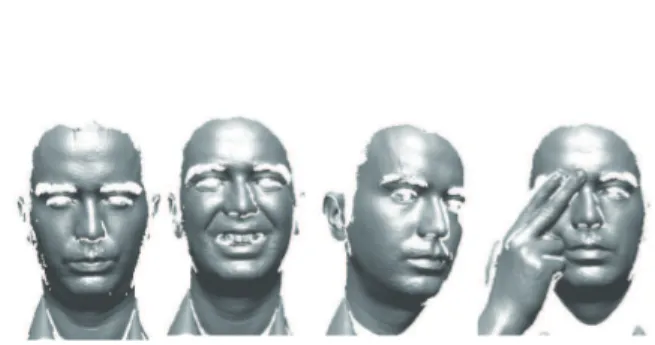
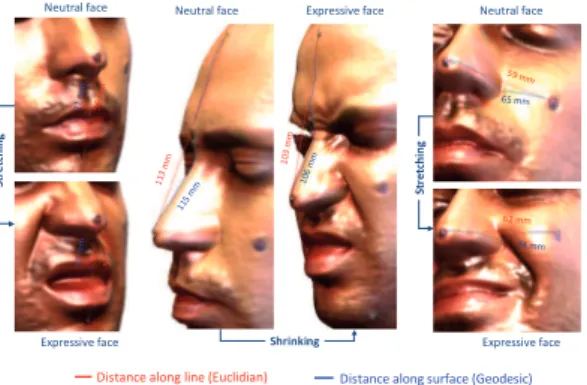
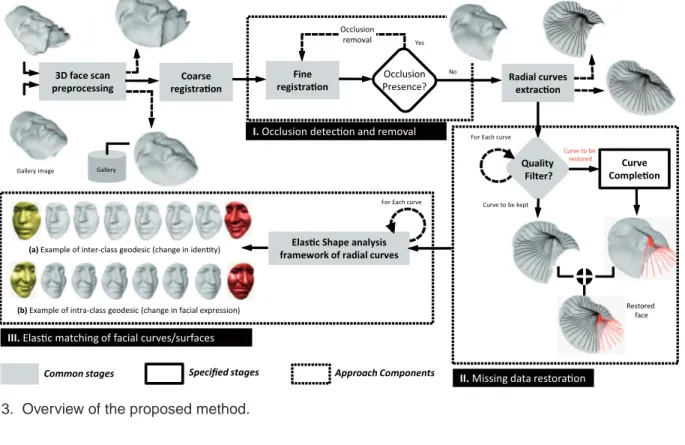
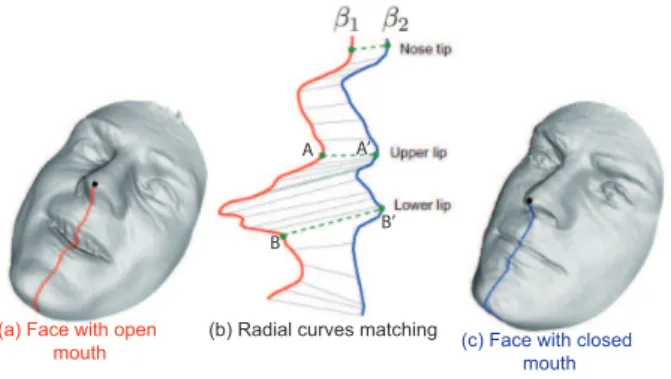
Documents relatifs
In detail, we give an overview of 3D shape representation and alignment methods, 2D-3D contour-based and local feature-based alignment, and category-level recognition in images using
3D facial expression recognition on Riemannian manifold in order to accurately recognize the six prototypical expressions (i.e. Happiness, An- gry, Disgust, Sadness, Surprise and
To account for the noisy nature of the data, we propose to use a statistical analysis method, the principal components analysis (PCA), to identify primitives from the
Given the shape and geometry of a 3D face going under deformation (e.g., saying a pangram which uses every letter of an alphabet at least once), that face will exhibit a unique
cross-validated Expression Recognition Accuracy (RA) employing [55] 3D Fitting Method (FM) on the 3D face region of COMA [22] that has been.. regularly reduced by a Sparsity
Éric de Rus me confiait récemment lors d’une rencontre amicale, qu’il écrivait seulement sur quelqu’un dans la mesure où il était touché par sa personnalité. Il en est
The proposed method works in a progressive way: firstly, a random forest (RF) is constructed utilizing synthesized images derived from 3D models; secondly, the classification
After receiving this command, the server tells the quadcopter to carry out the following tasks: it should first take off, initialize the SLAM algorithm (by following a vertical path
